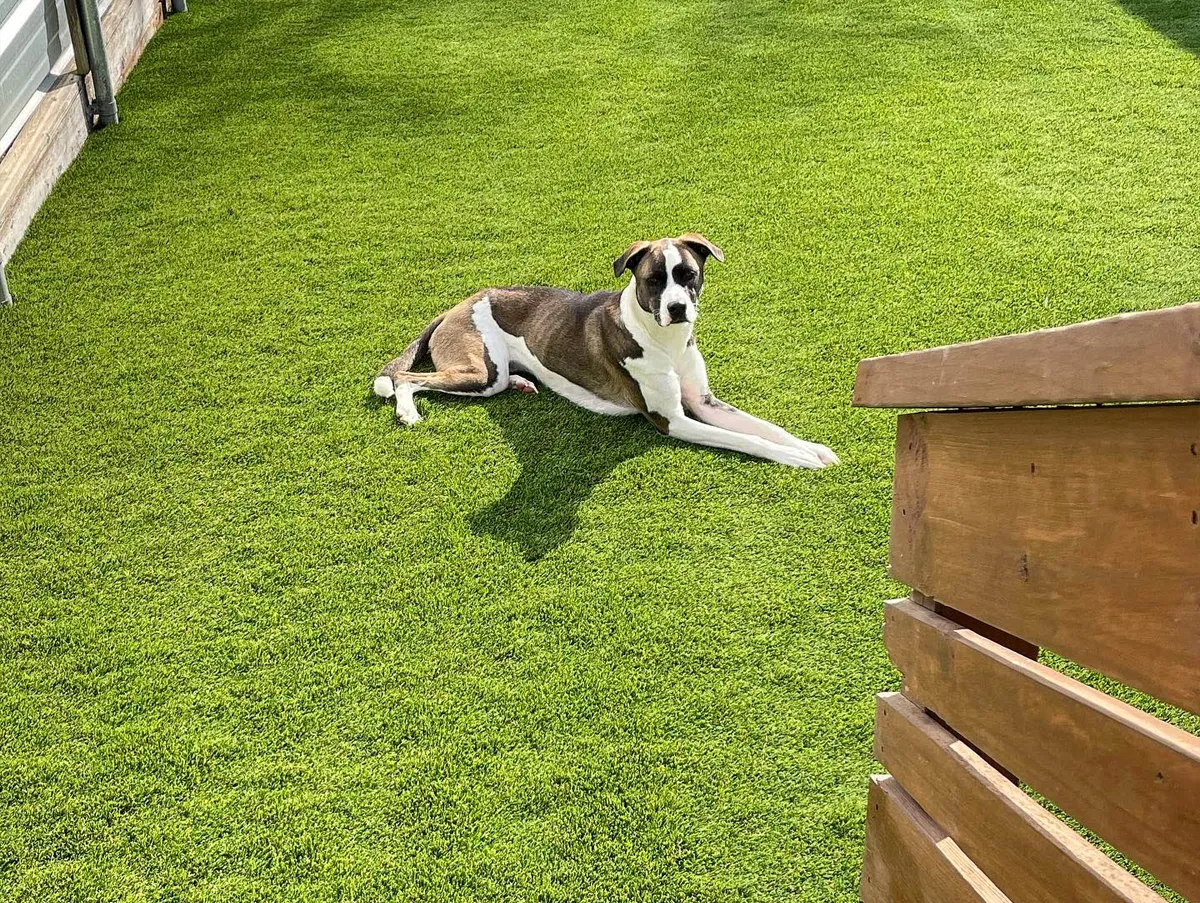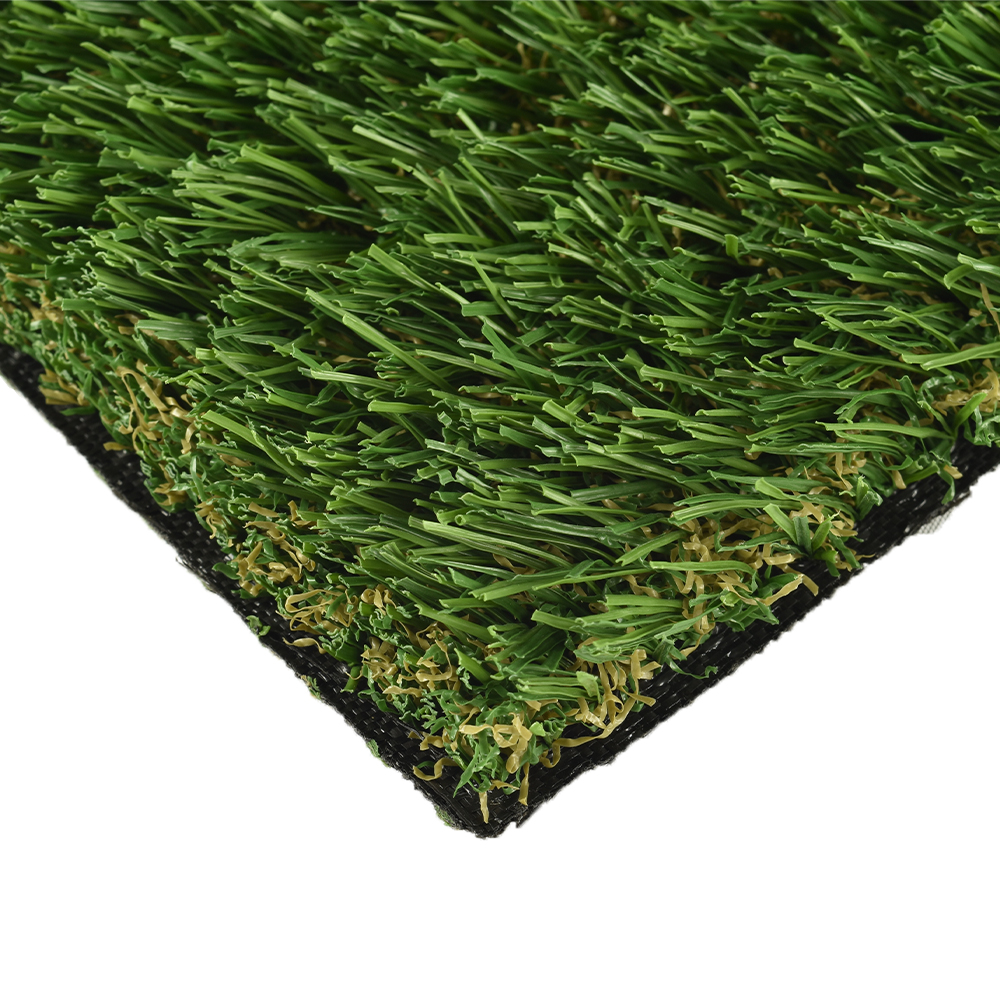Discover the Most Trusted Artificial Turf Companies Phoenix for Your Home or Commercial Space
Discover the Most Trusted Artificial Turf Companies Phoenix for Your Home or Commercial Space
Blog Article
Explore the Environmental Perks of Opting for Synthetic Grass Solutions
The fostering of synthetic turf options presents a compelling opportunity to deal with pushing environmental obstacles. By substantially minimizing water usage and lessening the application of dangerous chemicals, these options not just promote lasting landscaping however also shield local communities.
Water Conservation Advantages
Among one of the most substantial benefits of synthetic grass is its capability to conserve water. Typical turf lawns require considerable watering, particularly in areas vulnerable to dry spell or water restrictions. On the other hand, synthetic grass does not require watering, dramatically decreasing the general demand for water resources. This function is specifically beneficial in deserts where water deficiency is a pressing issue.
By getting rid of the demand for routine watering, synthetic grass adds to sustainable landscape techniques and assists minimize the ecological influence of too much water consumption. The conservation of water prolongs to the decrease of overflow, which can lead to dirt disintegration and river pollution.
Furthermore, the installment of fabricated lawn permits municipalities and homeowners to allot water resources much more effectively, concentrating on crucial usages such as drinking water and agriculture. The change in the direction of synthetic grass not only promotes accountable water usage yet also aligns with wider environmental goals targeted at preserving natural deposits.
As communities increasingly prioritize sustainability, the water conservation advantages of synthetic grass present an engaging situation for its fostering in industrial and domestic landscaping tasks.
Minimized Chemical Usage
The transition to man-made grass dramatically decreases the dependence on chemical treatments generally made use of in natural turf maintenance. Standard turf monitoring usually entails the application of fertilizers, herbicides, and chemicals to advertise growth and control pests. These chemicals can pose dangers to human health and wellness, neighborhood wild animals, and the environment, contributing to soil and water contamination.
In comparison, synthetic lawn removes the demand for these dangerous compounds. Once mounted, it requires minimal maintenance, mostly containing regular cleansing and seldom infill replenishment. This reduction in chemical use not just benefits the immediate environment but also adds to more comprehensive eco-friendly stability. By minimizing the launch of synthetic substances into the environment, man-made turf advertises much healthier soil and water supply.
In addition, the absence of chemical drainage connected with artificial turf setups helps secure local waterways from contamination, sustaining aquatic life and maintaining biodiversity. Phoenix turf companies. As neighborhoods increasingly focus on sustainable practices, choosing synthetic grass provides a practical service that lines up with ecological preservation goals. Through this change, residential property owners can take pleasure in lush eco-friendly spaces without compromising environmental health, paving the way for a much more sustainable future
Reduced Carbon Impact

Additionally, the installation of fabricated turf can lead to substantial water preservation. All-natural grass need considerable amounts of water for watering, which not just contributes to the carbon footprint associated with water extraction and treatment but also stress local water sources. In comparison, man-made turf requires very little upkeep, needing no watering, consequently considerably decreasing water use and its associated power costs.
In addition, the long life of artificial turf contributes to its reduced carbon influence. With a life-span of up to 15 years or even more, the requirement for frequent replacements is decreased, resulting in less waste and reduced energy consumption in manufacturing and dealing with typical lawn alternatives. Generally, synthetic lawn presents a lasting alternative for ecologically aware landscaping.
Environment Conservation
Habitat conservation is an essential consideration in the argument over landscaping selections, over here particularly when contrasting artificial turf to all-natural lawn. Natural lawn yards usually require comprehensive maintenance, consisting of using herbicides, fertilizers, and pesticides, which can negatively affect neighborhood ecological communities. These chemicals can leach into the dirt and waterways, harming native flora and fauna and interrupting regional environments.
On the other hand, synthetic grass provides an opportunity to lower the ecological footprint of landscape design. By choosing for synthetic grass, home owners can reduce the disruption of all-natural habitats related to traditional yard treatment techniques. Fabricated turf gets rid of the need for damaging chemicals, therefore safeguarding close-by wildlife and maintaining the integrity of bordering environments. click resources In addition, the installation of synthetic grass can bring about the conversion of former lawn areas right into even more biodiverse landscapes, such as pollinator gardens or indigenous plant areas, which can support local wild animals.
Inevitably, the shift to synthetic grass not only conserves water and decreases upkeep initiatives but additionally promotes a more unified relationship in between human activities and the natural surroundings, advertising environment preservation in the process.
Long-Term Sustainability
Long-term sustainability is a vital aspect in reviewing the advantages of synthetic grass over standard turf lawns. One of the most substantial benefits of man-made grass is its toughness; it can last up to 15-20 years with marginal upkeep, whereas all-natural yard requires frequent reseeding and her response replacement. This long life reduces the requirement for constant sources, such as water, plant foods, and pesticides, which are crucial for keeping a healthy and balanced turf yard.
Additionally, artificial lawn adds to a decrease in carbon exhausts connected with grass treatment tools. Traditional yards frequently call for gas-powered lawn mowers, leaners, and blowers, all of which add to air pollution. Arizona turf. On the other hand, man-made grass gets rid of the demand for such equipment, advertising a cleaner atmosphere
In addition, the manufacturing of artificial grass significantly uses recycled products, enhancing its sustainability profile. As makers take on environmentally friendly methods, the environmental impact of synthetic grass remains to decrease.

Conclusion
The adoption of synthetic turf remedies presents considerable ecological advantages, including substantial water conservation, decreased dependence on dangerous chemicals, and a reduced carbon footprint. Man-made lawn aids in protecting all-natural environments by lessening land disturbance and promoting long-term sustainability with the usage of durable materials. Collectively, these variables emphasize the possibility of synthetic grass to contribute favorably to environmental health and wellness and supply a feasible alternative to traditional landscape design practices in a significantly resource-conscious globe.
In contrast, man-made lawn does not need watering, considerably reducing the general demand for water resources. By reducing the launch of artificial substances right into the ecological community, artificial grass promotes much healthier dirt and water systems.
Furthermore, the installation of artificial grass can result in significant water preservation. In comparison, artificial turf needs very little maintenance, requiring no watering, thus substantially lowering water use and its connected power costs.

Report this page